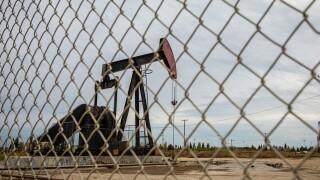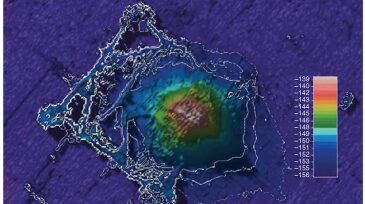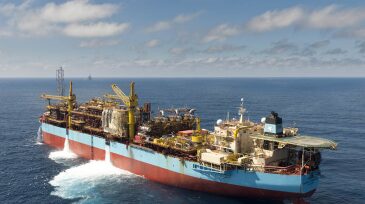Onshore/Offshore Facilities
Estimates commissioned by the Australian government suggest that increasing efficiency will lower costs for decommissioning offshore Australia.
This paper introduces an AI-driven digital fencing system designed to boost security in oil and gas fields. The main objectives are to improve security and safety of oil and gas facilities while addressing the limitations of legacy physical barriers, reducing false alarms, and eliminating the dependability on the grid in favor of renewable energy.
The contract will cover the design and manufacturing of tree systems, flexible flowlines, a manifold, and controls, as well as installation of the subsea production system.
-
Advances in modeling techniques allow quantitative prediction of long-term trends in cuttings-pile characteristics and environmental risks, providing firm direction in mitigating risks.
-
The great majority of wells do not pollute.
-
P&A activities using digital slickline increase equipment, logistic, and marine-support efficiency.
-
Integrity management involves availability, access, and the analysis of necessary information.
-
Record-setting megaprojects are driving innovation at the installation and subsea construction firm.
-
Reliable separation is becoming an enabling technology to help develop remote location resources and more difficult applications, such as heavy oil, produced water, sand disposal, and back-produced fluids in enhanced oil recovery.
-
The development of compact topside processing plants for floating, production, storage and offloading (FPSO) vessels is a growing industry trend that can reduce operating and capital expenditures over the life of the vessel, a researcher and scientist said recently.
-
A relatively small concentration of a defoamer can have a significant impact on the dynamics of multiphase flow within a pipe, but the effect is generally temporary.
-
The ubiquitous nature of separations in facilities led to the development of the Separations Technology Technical Section (STTS) in 2011. In it's 3rd year, more activities are planned. Should you be a member?
-
In this third article of a three-part series, the results of selected gas/liquid separation case studies/sensitivities are presented to show the effects of key separator selection/sizing decision parameters, fluid properties, and operational parameters.













